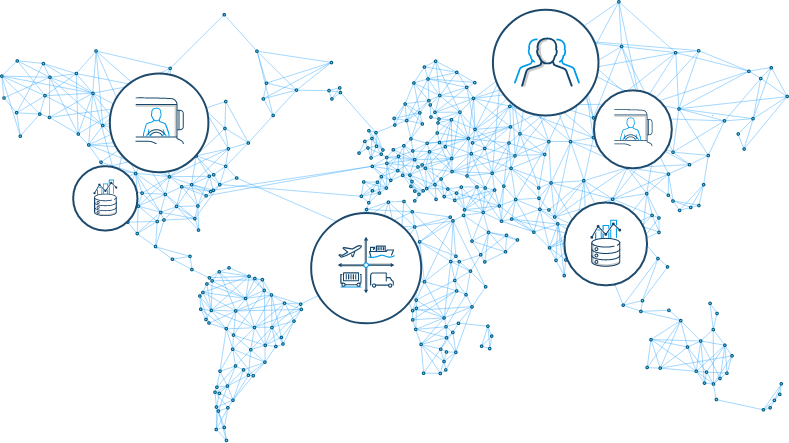Why EDI Remains the Backbone of B2B Communication in a Digital World
EDI (Electronic Data Interchange) has been around since the 1970s. Today, EDI is still the most used technology for communications between companies. It is highly structured and is accepted as an international standard for exchanging information between trading partners anywhere in the world.
During the recent pandemic, EDI - with its proven track record - earned once again its place alongside emerging technologies (such as API - Application Programming Interface). In light of the current developments, new solutions will augment rather than replace modern EDI systems.

Why is EDI still the technology of choice for B2B communications?
Simply because it works and proves its added value in organizations on a daily basis. Even in a world where companies expect real-time information at top speed, the message is what matters. Enabling ERP systems to communicate with each other is what EDI connectivity does. The messaging is error-free, standardized and automated.
Currently, there is no alternative that offers a food retailer for instance a full view of the total food supply chain, that provides all the participants of that chain so much insight at every step and reduces manual intervention. Moreover, due to automation, order and structure, data is stored in the right way and it is immediately suitable for retrieving information to base business decisions on and for process optimization.

What drives the growth of EDI?
The EDI market evolves based on the key players in the supply chain. Large retailers or manufacturers require their suppliers to adopt EDI. If they don’t comply, they simply will not get the business and lose market share. Booming e-commerce is also generating more complex transactions that often go through different parties, especially if a payment party such as PayPal is also involved. Return flows and the associated refunds are also a lot more complex in the online world. With EDI, organizations can easily keep track of all these orders, invoices and transactions.
These developments explain why more and more Small and Medium Businesses (SMBs) are responsible for a big part of the EDI market growth. Of course, they also reap the benefits for their own organization: as EDI automates their transactions with their trading partners such as orders, invoices, dispatch advice etc., the SMBs increase their productivity, efficiency and profitability.
The future of EDI
EDI is clearly not going away anytime soon. However, with emerging cloud technologies and changing supply chain demands, B2B connectivity will need to evolve its collaboration alongside IOT, blockchain and API. Connecting EDI via API to a cloud platform makes connectivity more efficient and more agile. Already today, organizations are seeing opportunities to optimize different parts of their business by opting for APIs. So, don’t abandon EDI, but integrate it through APIs and ensure your business growth, customer satisfaction and overall increased efficiency.
As always, choosing the right integration partner is crucial. Not only in terms of the technological skills they possess but also because of the large number of existing trading parties on their network which makes connecting with these so much easier and efficient.
Author: Fred van der Heide, Vice President Product Strategy at Descartes

Electronic Data Interchange FAQ
EDI insights and essential questions

EDI Buyer's Guide
Our EDI Buyer's Guide offers you a guideline to make the right informed choice

EDI Solutions
Go-webEDI & Integrated EDI
Interested in learning more about Descartes EDI Solutions?
Read more

Customer Success - Lubox


